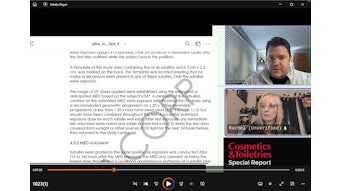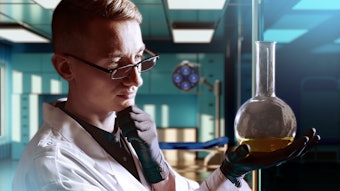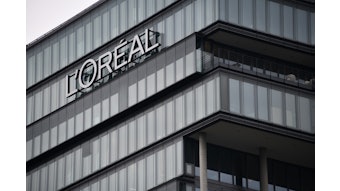
China’s National Medical Products Administration (NMPA) issued Notice No. 41 on Aug. 28, 2023, outlining significant amendments to the Safety and Technical Standards for Cosmetics (2015 Edition) (STSC).
According to ChemLinked, key updates included: the clarification of the benzene contaminant limit in cosmetics; the revision of five test methods and addition of 14 new test methods for cosmetics; and the addition of a new prohibited ingredient. Notably, all updates were effective immediately upon release except the revised test methods, which are scheduled to come into force on March 1, 2024.
See related: FDA Issues Draft Guidance for Cosmetics Company Product Registration and Submission
Benzene Limit
The NMPA set a limit of 2mg/kg for benzene in cosmetics with two caveats. The material's presence must be technically unavoidable and introduced into the product as an impurity, according to SGS Digicomply.
Testing Revisions, Additions
The five revised test methods for cosmetics include, per Enterco, the determination of:
- acrylamide in cosmetics;
- desloratadine and 50 other kinds of components;
- thioglycollic acid and seven other kinds of components;
- free formaldehyde in cosmetics; and
- α-arbutin and three other kinds of components in cosmetics.
These revisions will replace the original test methods, effective as of March 1, 2024, as noted.
See related: [updated] Fragrance Allergen Labeling Requirements in 7 Regions + 45 EU Additions
Fourteen new test methods additionally were outlined, including, per ChemLinked:
- the determination of pH in cosmetics (w/o);
- the determination of ethyl acrylate and 39 other kinds of components;
- CI 10020 and 10 other kinds of components;
- CI 11920 and 12 other kinds of components;
- the determination of 5-(2-hydroxyethylamino)-2-methoxylaniline sulfate and 14 other kinds of components;
- the determination of L-ascorbic acid and 2-phosphate magnesium ester and 10 other components;
- disodium distyrylbiphenyl disulfonate and 4 other kinds of components;
- in vitro skin sensitization: human Cell Line ActivationTest (h-CLAT);
- in chemico skin sensitization Amino acid Derivative Reactivity Assay (ADRA)
- fluorescin leakage in vitro test method;
- acute oral toxicity test up- and down-procedure;
- acute oral toxicity acute test; the fixed-dose procedure;
- acute oral toxicity acute toxic class method; and
- in vivo mammalian alkaline comet assay.
Prohibited Ingredient Addition
Finallty, the plaque psoriasis treatment benvitimod (No. 1285), or tapinarof, was added as a prohibited substance to STSC 2015. See additional details on the NMPA website.










